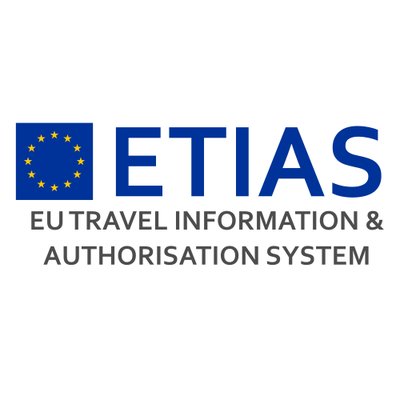
ETIAS – European Travel Waiver vs. Schengen Visa
According to the approved agreement made by the European Parliament this July once the ETIAS system is established, it will pre-screen travellers from visa waiver countries in order to identify security and migration risks. When arriving at the border of any European country member of the Schengen Area, travellers will need to have a valid ETIAS and a valid travel document.
The strategy for a safer and more secure Europe? Simply put, going digital. In July of 2018, the European Union (EU) lawmakers gave the go-ahead for ETIAS, a totally digitized European Travel Information System. ETIAS is just one initiative the European Parliament has adopted to help make Schengen Area travel safer for all and a lot easier for legitimate, short-term travelers coming from the United States.
ETIAS approval allows you to bypass time-consuming and potentially costly visits to embassies and consulates. ETIAS is not a visa. It is a visa waiver. If the purpose of your trip does not fall under the scope of ETIAS, you will need to apply for a traditional visa with each country on your itinerary.
ETIAS, the European Travel Information System, provides qualifying visitors a visa waiver when traveling to the Schengen Area, a group of European countries that have agreed upon who can visit and how long they can stay. The Schengen Area was created by the European Union, or EU, in the spirit of harmonious and free travel between borders and has grown to 26 countries – most are in the EU but some are not. Given the influx of international travelers to the Schengen Area, more comprehensive security checks have had to be put in place. ETIAS, much like ESTA in the United States, will create centralized data on who is visiting and why, providing enhanced security for all.
The ETIAS will undergo a detailed security check of each applicant to determine whether they can be allowed to enter any Schengen Zone country. Since citizens of countries who do not need a visa for travel purposes of up to 90 days in the EU do not need to go through a long process of applying for the visa, the ETIAS will make sure that these people are not a security threat. This travel authorization system will gather, keep track of, and update necessary information regarding visitors to determine whether it is safe for them to enter Schengen countries.
When you arrive at the border of an ETIAS participating country, a customs agent will likely ask you a few questions about your travel purposes to make sure you’re traveling legitimately and legally as a tourist or business person there for 90 days or less. Keep in mind that ETIAS allows for up to 90 days of travel within a 180-day period. Read more info at ETIAS Visa.
Recent Posts
Tags
Archives
- November 2023
- October 2023
- January 2023
- November 2022
- October 2022
- August 2022
- July 2022
- April 2022
- November 2021
- October 2021
- September 2021
- January 2021
- May 2020
- February 2020
- August 2019
- July 2019
- June 2019
- April 2019
- March 2019
- February 2019
- December 2018
- November 2018
- October 2018
- September 2018
- August 2018
- June 2018
- May 2018
- April 2018
- March 2018